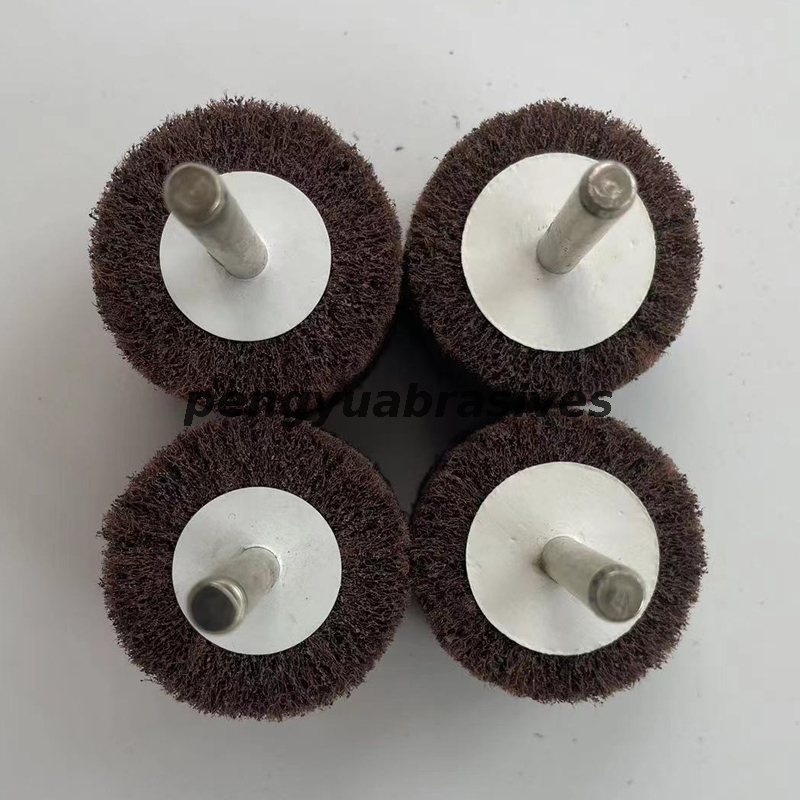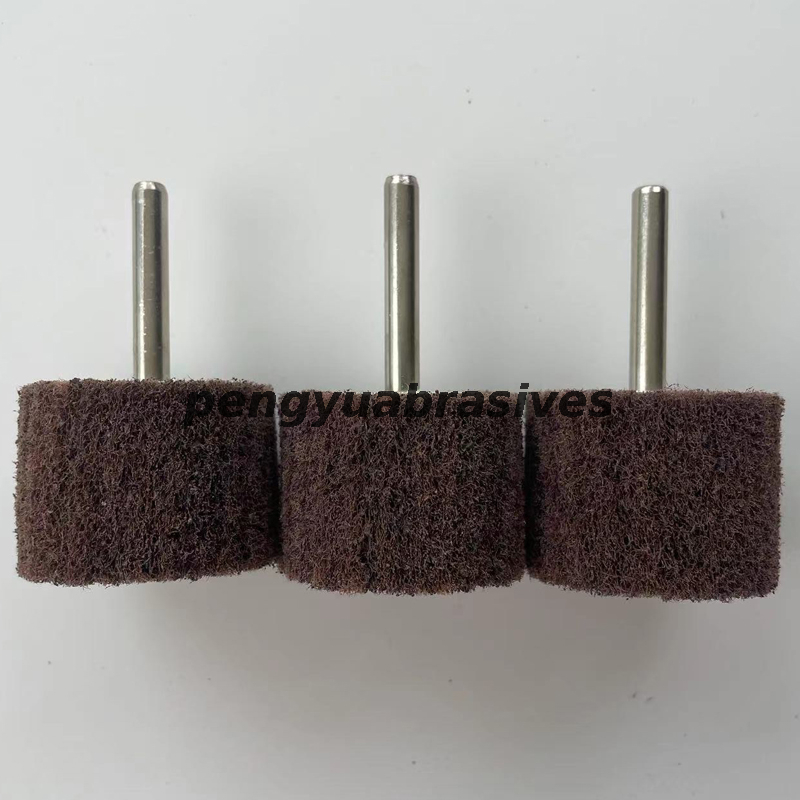Views: 0 Author: Site Editor Publish Time: 2025-05-23 Origin: Site








You've probably wondered: how long can a flap wheel really last? Maybe yours wore out too fast, or maybe it outperformed expectations. Here's the thing—there's no one-size-fits-all answer. It depends on how you use it, what you're grinding, and even how you store it.
In this article, you'll learn what affects flap wheel lifespan and how to get the most from each one. We'll compare materials, pressure settings, disc types, and show how to spot wear early.
A flap wheel is a sanding or grinding tool made of overlapping abrasive flaps arranged around a hub. As the outer flaps wear away, fresh ones underneath take over.
That self-renewing action gives the flap wheel an edge—literally and figuratively. It's commonly used for:
Surface finishing
Edge deburring
Rust or paint removal
Blending welds
Shaping wood or metal
Let's break it down with actual use data.
| Material Type | Estimated Flap Wheel Life | Notes |
|---|---|---|
| Mild Steel | 30–60 minutes continuous use | Low wear material; good lifespan |
| Stainless Steel | 15–30 minutes | Higher hardness increases flap wear |
| Aluminum | 20–40 minutes | Soft but can clog the flaps quickly |
| Wood (hardwood) | 40–60 minutes | Gentle wear, works well with ceramic flaps |
| Wood (softwood) | 20–50 minutes | Resin buildup may shorten lifespan |
Most standard flap wheels last for about 10 to 20 square feet of consistent grinding or sanding. High-density wheels can stretch that up to 30 square feet or more.
Several things can cut your flap wheel's performance short. Here's what to watch:
If you grind at the wrong angle (above 35°) or push too hard, flaps wear unevenly. Use a steady 15° to 30° angle with light-to-moderate pressure.
Using a soft-grain flap wheel on stainless steel? It'll shred fast. Match your abrasive to your material.
Aluminum and resinous woods generate heat. That heat clogs the flaps and weakens the backing. Choose zirconia or ceramic grains with cotton backing to minimize this.
Flap wheels don't like heat or humidity. Store them in a cool, dry space—avoid direct sunlight.

| Flap Wheel Type | Lifespan Compared to Standard | Best Use Case |
|---|---|---|
| High-Density Flap Wheel | +40% | Heavy-duty grinding, longer work sessions |
| Ceramic Flap Wheel | Up to 4× | Tough metals, hardwood, aggressive sanding |
| Zirconia Flap Wheel | 2–3× | Versatile, metal and wood compatible |
| Aluminum Oxide Flap Wheel | Base lifespan | Light-duty, budget-friendly |
Ceramic discs may cost more, but they last significantly longer—especially on high-tensile metals and hard woods.
Watch for these signs:
Worn flaps: When the glue or backing starts showing, it's time.
Torn or frayed flaps: Risks damage to your material—and your safety.
Clogged abrasive surface: Decreased efficiency, risk of burning.
Uneven finish or vibration: Indicates imbalance or degradation.
Visible metal core: Never push past this point—it's dangerous.

Here are practical steps to get more out of each wheel:
Use coarse grits (40–60) for fast removal. Finer grits (120–240+) last longer and finish better.
Maintain 15° to 30°. Avoid grinding flat-on—it ruins flaps quickly.
Don't push hard. Let the wheel do the cutting.
Remove gunk with a flap wheel cleaning stick or brush.
Match RPM to the manufacturer's recommendations. Over-speeding creates heat, which degrades the adhesive.
Keep wheels dry, shaded, and horizontal when possible.

Yes, and here's how:
Coarse Grit (40–60): Fast material removal, shorter life.
Medium Grit (80–120): Balanced cut and durability.
Fine Grit (150–240+): Ideal for finishing, lasts longer with light pressure.
| Grit | Typical Use | Relative Lifespan |
|---|---|---|
| 40 | Shaping, weld removal | Short |
| 80 | Blending, smoothing | Medium |
| 120 | Surface prep before paint | Long |
| 220 | Final finishing | Longest |
The lifespan of a flap wheel isn't just about minutes—it's about efficiency, safety, and surface quality. You can stretch every disc further by using the right grit, avoiding excess pressure, and storing smartly.
At Pengyu, we engineer flap wheels that don't just last longer—they finish better. Whether you're polishing hardwood or grinding steel, we've got the right abrasive for your job. Ready to work smarter and save more? Try Pengyu flap wheels today. Experience professional results that last, one rotation at a time.
Q: How do I know when to replace a flap wheel?
A: Replace it when you see the backing, or if it vibrates, tears, or no longer removes material effectively.
Q: Do high-density flap wheels really last longer?
A: Yes, up to 40% longer thanks to more abrasive layers and stronger construction.
Q: Can flap wheels be used on stainless steel without wearing out too fast?
A: Use ceramic or zirconia wheels—they're made for tougher materials like stainless steel.
Q: Why is my flap wheel clogging quickly on softwood?
A: Resin buildup is the issue. Try an open-coat ceramic or zirconia disc with cotton backing.
Q: What's the best way to store flap wheels?
A: Keep them dry, cool, and away from sunlight. Store flat or hung to avoid warping.